Lean Maintenance
Building a Culture of Efficiency and Continuous Improvement
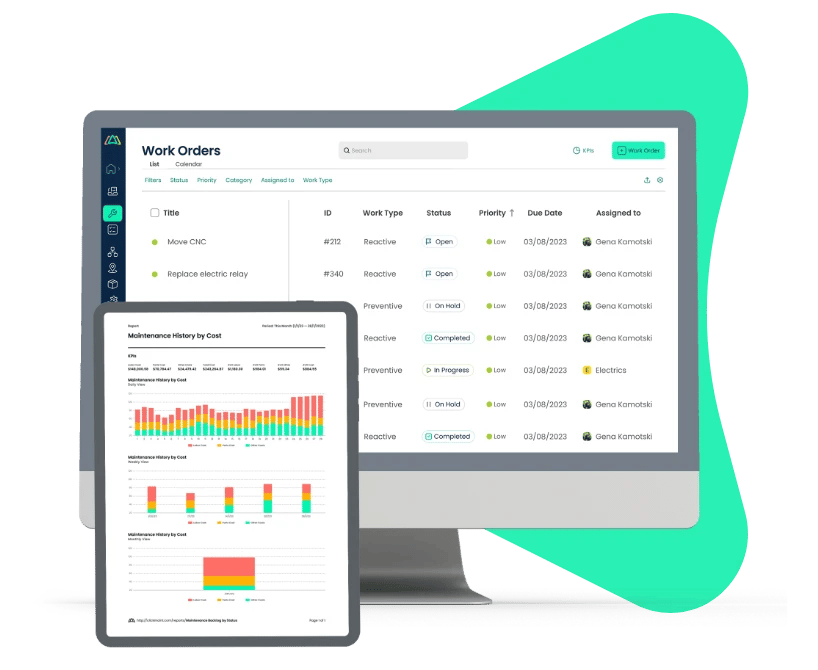
TABLE OF CONTENTS
Lean Maintenance finds its roots in the broader Lean philosophy, which originated in the manufacturing sector. At its core, Lean is a set of principles and practices aimed at optimizing processes by eliminating waste, increasing efficiency, and continuously improving operations. Lean focuses on delivering maximum value to the customer with minimal resources, fostering a culture of continuous improvement, and empowering employees at all levels to contribute to the enhancement of processes. It transcends traditional maintenance methods by incorporating continuous improvement and employee involvement to create a streamlined, proactive, and cost-effective maintenance management strategy.
The Toyota Production System (TPS), developed by Toyota in the 1950s, played a pivotal role in shaping the foundations of Lean Maintenance. TPS emphasized the importance of minimizing waste, optimizing workflows, and implementing a proactive approach to maintenance, known as Total Productive Maintenance (TPM).
Lean Maintenance, as an extension of Lean principles, gained prominence in the late 20th century as industries worldwide recognized the transformative impact it could have on maintenance operations. Organizations began to shift from reactive, break-fix maintenance models to a more proactive, preventive, and predictive approach.
As Lean Maintenance principles continued to evolve, they incorporated key concepts such as the 5S Methodology (Sort, Set in order, Shine, Standardize, Sustain), Root Cause Analysis, and Standardized Work. These elements collectively contribute to the foundational principles of Lean Maintenance, emphasizing a holistic and systematic approach to managing assets and equipment.
Core Principles of Lean Maintenance
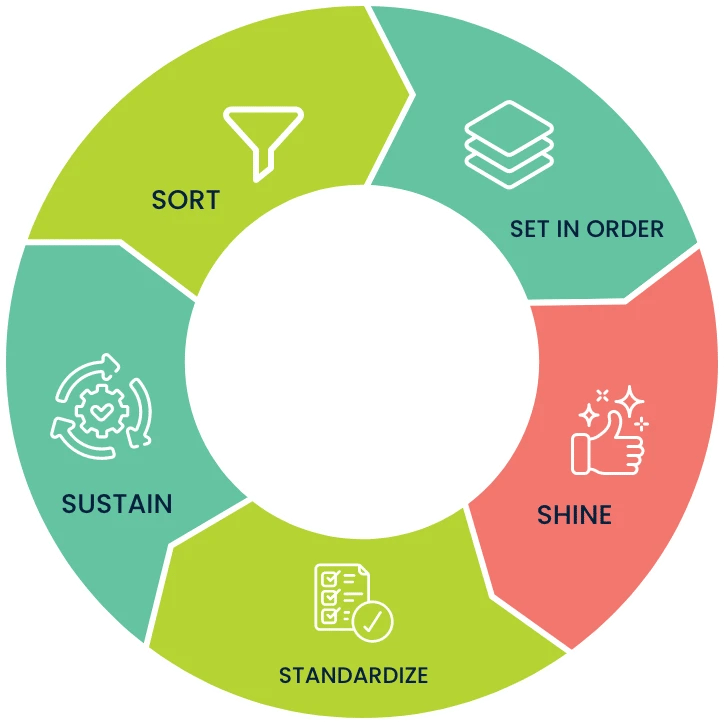
5S Methodology
The 5S Methodology is a fundamental component of Lean Maintenance, providing a structured approach to workplace organization and cleanliness. Each "S" represents a step in the process:
- Sort: Involves removing unnecessary items from the workspace, keeping only essential tools and materials. This step helps in reducing clutter and streamlining operations.
- Set in Order: Organizing the remaining items in a systematic manner, ensuring that tools and equipment are easily accessible. This step contributes to improved efficiency and minimizes the time wasted searching for tools.
- Shine: Focused on cleanliness and maintenance. Regular cleaning and maintenance practices prevent the accumulation of dirt and ensure that equipment remains in optimal condition.
- Standardize: Establishing standardized procedures for the first three steps ensures consistency and sustainability of the 5S methodology. Standardization is essential for maintaining the improvements made during the initial implementation.
- Sustain: The final step involves creating a culture that encourages continuous adherence to the 5S principles. It requires ongoing training, monitoring, and reinforcement to ensure that the workplace remains organized and efficient over time.
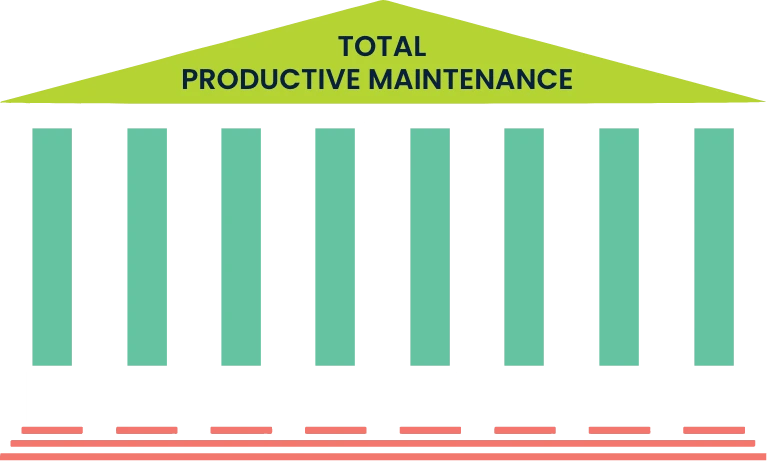
Total Productive Maintenance (TPM)
Total Productive Maintenance is a holistic approach to equipment maintenance that aims to maximize the overall effectiveness of production processes. Key aspects of TPM include:
- Preventive Maintenance: Proactive measures are taken to prevent equipment breakdowns and failures, ensuring continuous operation and minimizing unplanned downtime.
- Autonomous Maintenance: Empowering frontline operators to perform routine maintenance tasks, fostering a sense of ownership and responsibility for the equipment they operate.
Learn more about Autonomous Maintenance vs. Preventive Maintenance
- Focused Improvement: Identifying and addressing equipment inefficiencies through continuous improvement initiatives. This involves using data and feedback to optimize equipment performance.
- Training and Education: Providing ongoing training to maintenance and production teams to enhance skills and knowledge related to equipment operation and maintenance.
- Equipment Reliability: TPM aims to achieve and maintain high levels of equipment reliability and availability, ultimately contributing to improved overall equipment effectiveness (OEE).
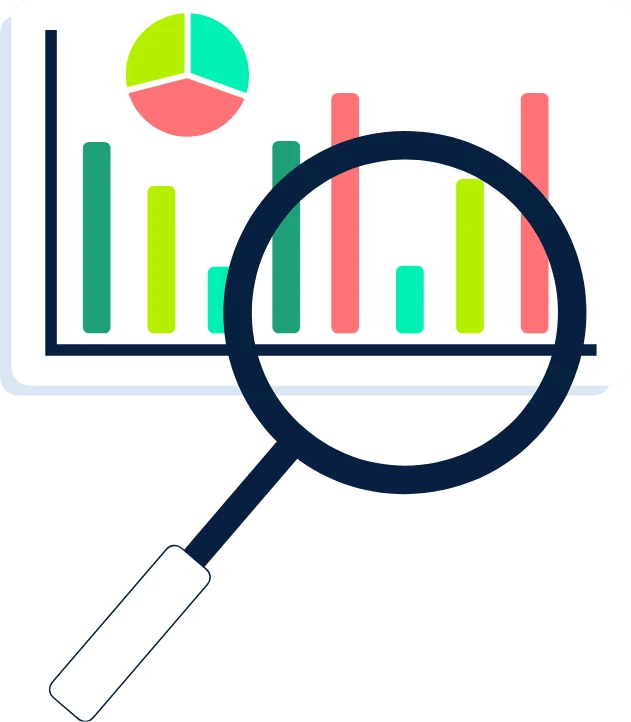
Root Cause Analysis
Root Cause Analysis (RCA) is a systematic process used to identify the underlying causes of problems or failures. In the context of Lean Maintenance, RCA is important for:
- Identifying Problems: Understanding the nature and scope of maintenance issues or failures that occur.
- Determining Causes: Analyzing data and evidence to identify the root causes of problems, not just the symptoms.
- Implementing Solutions: Developing and implementing corrective actions to address the identified root causes and prevent recurrence.
- Continuous Improvement: Using RCA as a tool for continuous improvement by learning from past issues and refining maintenance processes over time.

Standardized Work
Standardized Work is the establishment and documentation of best practices for performing tasks. In the context of Lean Maintenance:
- Consistency: Standardized Work ensures that maintenance tasks are performed consistently, reducing variability in processes.
- Efficiency: By defining and following standardized procedures, maintenance activities become more efficient, saving time and resources.
- Training and Onboarding: Standardized Work serves as a valuable training resource, providing a clear guide for new personnel and ensuring that knowledge is transferred effectively.
- Continuous Improvement: Standardized Work is not static. It serves as a baseline that can be regularly reviewed and improved upon as part of the continuous improvement cycle.
These core principles collectively form the backbone of Lean Maintenance, providing a structured and comprehensive approach to optimizing maintenance processes and fostering a culture of continuous improvement within an organization.
Transitioning to Lean Maintenance
Assessing Current Maintenance Practices
Evaluating Existing Processes
Before embarking on the Lean Maintenance journey, it is important to conduct a comprehensive assessment of the current maintenance practices within an organization. This involves a detailed examination of:
- Work Order Systems: Analyzing how work orders are generated, prioritized, and executed.
- Preventive Maintenance Programs: Assessing the effectiveness of existing preventive maintenance schedules and tasks.
- Downtime and Breakdowns: Evaluating the frequency and impact of unplanned downtime and equipment breakdowns.
- Inventory Management: Reviewing how spare parts and inventory are managed to support maintenance activities.
The goal is to gain a clear understanding of the strengths and weaknesses of the current maintenance processes.
Identifying Inefficiencies and Areas for Improvement
Through the assessment, identify inefficiencies and bottlenecks that hinder the effectiveness of maintenance operations. This could include:
- Underutilized Resources: Identifying tools, equipment, or personnel that are not optimized or are redundant.
- Unnecessary Delays: Pinpointing delays in response times, whether due to paperwork, communication breakdowns, or other factors.
- Lack of Data Utilization: Assessing whether data and analytics are being utilized effectively to inform maintenance decisions.
- Communication Gaps: Identifying breakdowns in communication between maintenance teams, departments, or shifts.
The aim is to create a roadmap for improvement, addressing specific areas that will benefit most from Lean principles.
Building a Lean Culture
Leadership Commitment to Lean Principles
A successful transition to Lean Maintenance requires unwavering commitment from leadership. Executives and managers should not only endorse the shift to Lean principles but actively participate in and champion the transformation. Key elements of leadership commitment include:
- Resource Allocation: Allocating resources, both financial and human, to support the implementation of Lean Maintenance.
- Setting Expectations: Clearly communicating expectations for the adoption of Lean principles throughout the organization.
- Leading by Example: Demonstrating a commitment to continuous improvement and adherence to Lean practices.
Employee Training and Engagement
Transitioning to Lean Maintenance necessitates a workforce that is not only trained in Lean principles but actively engaged in the transformation. This involves:
- Training Programs: Implementing training programs to educate employees on Lean concepts, methodologies, and tools.
- Skill Development: Focusing on developing the necessary skills for employees to actively contribute to Lean initiatives.
- Open Communication: Encouraging an open dialogue where employees feel comfortable sharing insights and suggestions for improvement.
Encouraging a Culture of Continuous Improvement
Building a Lean culture goes beyond implementing processes; it involves fostering an environment where continuous improvement is ingrained in the organization's DNA. Key components include:
- Recognition of Efforts: Acknowledging and celebrating achievements and contributions to the Lean transformation.
- Feedback Mechanisms: Establishing channels for employees to provide feedback on processes and suggest improvements.
- Adaptability: Creating a culture that embraces change and sees challenges as opportunities for improvement.
Key Tools and Techniques in Lean Maintenance
1. Value Stream Mapping
1.1 Mapping Current Maintenance Processes
Value Stream Mapping (VSM) is a powerful tool used in Lean Maintenance to visually represent and analyze the steps involved in a maintenance process. This method allows organizations to gain a comprehensive understanding of the current state of their maintenance workflows.
- Identifying Steps: Begin by mapping out each step in the maintenance process, from the initiation of a work order to its completion.
- Documentation: Document key information such as time taken at each step, personnel involved, and any delays or bottlenecks.
- Input from Stakeholders: Collaborate with maintenance personnel, operators, and other stakeholders to ensure a holistic representation of the process.
The resulting visual map provides a clear and detailed picture of how maintenance activities are currently conducted within the organization.
1.2 Identifying and Eliminating Waste
Once the current maintenance processes are mapped, the next step is to identify and eliminate waste. Waste, in the context of Lean Maintenance, refers to any activity or resource that does not add value to the end result. Common types of waste in maintenance include:
- Overproduction: Performing unnecessary maintenance activities or generating excessive paperwork.
- Waiting Time: Delays between maintenance steps that result in idle time for equipment or personnel.
- Unnecessary Movement: Excessive travel or movement of personnel and equipment.
- Excess Inventory: Maintaining more spare parts or inventory than required.
Through Value Stream Mapping, organizations can pinpoint these wasteful elements and develop strategies to eliminate or minimize them. This process is integral to optimizing maintenance processes, reducing costs, and enhancing overall efficiency.
Strategies for waste elimination may include:
- Streamlining Workflows: Identifying opportunities to simplify and streamline maintenance processes to reduce unnecessary steps.
- Implementing Lean Six Sigma: Applying Lean Six Sigma principles to systematically identify and eliminate defects and inefficiencies in maintenance processes.
- Prioritizing Preventive Maintenance: Shifting focus towards preventive maintenance to minimize unplanned downtime and reactive activities.
By eliminating waste identified through Value Stream Mapping, organizations can significantly enhance the effectiveness of their maintenance operations. This not only improves efficiency but also contributes to a more cost-effective and streamlined approach to maintaining assets and equipment.
2. Kaizen Events
2.1 Planning and Executing Kaizen Workshops
Kaizen, a Japanese term meaning "change for better," is a cornerstone of Lean Maintenance. Kaizen events, also known as Kaizen workshops or blitzes, are structured sessions aimed at bringing together cross-functional teams to improve specific aspects of maintenance processes. The planning and execution of Kaizen events involve several key steps:
- Defining Objectives: Clearly articulate the goals and objectives of the Kaizen event, focusing on a specific aspect of maintenance improvement.
- Selecting a Cross-Functional Team: Assemble a diverse team comprising members from various departments, including maintenance, operations, and management.
- Analyzing Current State: Use tools like Value Stream Mapping to understand the current state of the targeted process.
- Brainstorming Solutions: Facilitate brainstorming sessions to generate ideas for improvements.
- Implementing Changes: Execute identified improvements during the Kaizen event, often in a rapid and focused manner.
- Monitoring and Sustaining: Establish mechanisms for monitoring the implemented changes and ensuring their sustained effectiveness over time.
2.2 Benefits of Successful Kaizen Implementations
Successful Kaizen implementations have been witnessed across various industries, leading to improved efficiency, reduced downtime, and enhanced overall maintenance performance. Benefits include:
- Reduced Changeover Time: In manufacturing facilities, Kaizen events have successfully reduced changeover times for equipment, allowing for more frequent and efficient maintenance activities.
- Improved Spare Parts Organization: By optimizing the organization and accessibility of spare parts, Kaizen events have minimized downtime associated with searching for and retrieving necessary components.
- Enhanced Communication: Kaizen workshops focused on improving communication between maintenance teams and other departments have led to faster response times and better coordination during maintenance activities.
These examples demonstrate the versatility of Kaizen events in addressing specific challenges within maintenance processes and achieving tangible improvements.
3. The 5 Whys Analysis
3.1 Utilizing the 5 Whys to Identify Root Causes
The 5 Whys analysis is a simple yet powerful technique employed in Lean Maintenance to identify the root causes of problems or failures. The process involves asking "why" multiple times until the fundamental cause is revealed. Steps in utilizing the 5 Whys include:
- Defining the Problem: Clearly articulate the problem or issue at hand.
- Asking "Why?": Ask why the problem occurred and continue to ask "why" until the root cause is identified.
- Repeating the Process: Repeat the questioning process iteratively to delve deeper into the layers of causation.
- Analyzing Responses: Analyze the responses to pinpoint the root cause rather than surface-level symptoms.
3.2 Implementing Corrective Actions Based on Analysis
Once the root cause is identified through the 5 Whys analysis, organizations can then develop and implement corrective actions to address the underlying issues. This may involve:
- Process Adjustments: Modifying existing processes to eliminate the identified root cause.
- Training and Education: Providing targeted training to personnel involved in the process to prevent recurrence.
- Continuous Monitoring: Implementing systems for ongoing monitoring to ensure the effectiveness of corrective actions over time.
The 5 Whys analysis not only helps in resolving immediate issues but also contributes to a culture of continuous improvement by addressing problems at their source.
Benefits of Lean Maintenance
Improved Equipment Reliability
One of the primary benefits of adopting Lean Maintenance practices is the substantial improvement in equipment reliability. By implementing preventive maintenance strategies and addressing potential issues proactively, organizations can minimize unexpected breakdowns and unplanned downtime. This not only enhances the lifespan of equipment but also contributes to a more reliable and predictable production environment.
Increased Productivity and Efficiency
Lean Maintenance is inherently focused on optimizing processes and eliminating waste. As a result, organizations experience a significant boost in productivity and efficiency. Streamlining maintenance workflows, reducing downtime, and improving the overall effectiveness of maintenance activities contribute to increased operational efficiency. This efficiency extends beyond maintenance itself, positively impacting the entire production or operational ecosystem.
Cost Savings and Resource Optimization
Lean Maintenance is a cost-effective approach that emphasizes resource optimization. By minimizing the need for reactive maintenance and reducing downtime, organizations can achieve substantial cost savings. Efficient use of spare parts, streamlined workflows, and the prevention of unnecessary equipment breakdowns contribute to overall resource optimization. Additionally, Lean Maintenance promotes a culture of cost-consciousness and continuous improvement, ensuring ongoing savings.
- Reduced Emergency Repairs: With a focus on preventive maintenance and early issue detection, the need for costly emergency repairs is minimized.
- Optimized Spare Parts Inventory: Efficient inventory management ensures that organizations maintain an optimal level of spare parts, reducing excess stock and associated holding costs.
- Improved Labor Productivity: Streamlined maintenance processes lead to improved labor productivity, as maintenance teams spend less time on reactive tasks and more on planned, efficient activities.
These benefits collectively position Lean Maintenance as a strategic approach for organizations seeking to enhance their operational and financial performance.
Challenges of Lean Maintenance
While Lean Maintenance offers numerous benefits, it is important to acknowledge and address potential challenges that organizations may encounter during the implementation of Lean principles.
Resistance to Change
Employees may resist transitioning from traditional maintenance practices to Lean Maintenance.
Mitigation: Implement comprehensive change management strategies, including communication, training, and involvement of all stakeholders in the process.
Initial Implementation Costs
The upfront costs associated with the initial implementation of Lean Maintenance may be perceived as high.
Mitigation: Highlight the long-term cost savings and efficiency gains that will offset the initial investment, demonstrating the return on investment over time.
Sustainability of Lean Practices
Maintaining a Lean Maintenance culture requires ongoing commitment and dedication.
Mitigation: Foster a continuous improvement mindset, provide regular training, and establish feedback mechanisms to ensure that Lean practices become ingrained in the organizational culture.
Leveraging a CMMS to Implement Lean Maintenance
Computerized Maintenance Management Systems (CMMS) play a pivotal role in supporting and enhancing Lean Maintenance practices within organizations. CMMS acts as a powerful tool that aligns with the principles of Lean by providing efficient, data-driven solutions for managing maintenance activities. Here's how CMMS software can contribute to the successful implementation of Lean Maintenance:
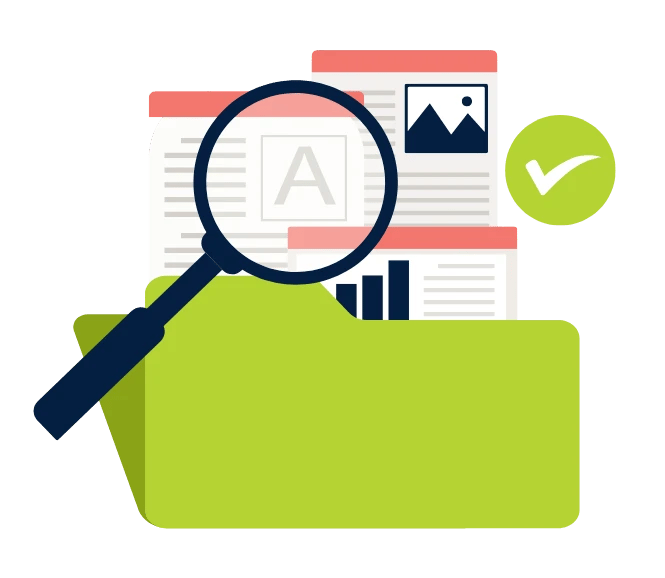
Data Centralization and Accessibility
Lean Principle: Eliminate Waste
How CMMS Helps: CMMS consolidates maintenance data, work orders, and equipment information into a centralized digital platform. This eliminates the waste associated with searching for paperwork or manual record-keeping, providing quick and easy access to relevant information for maintenance teams.
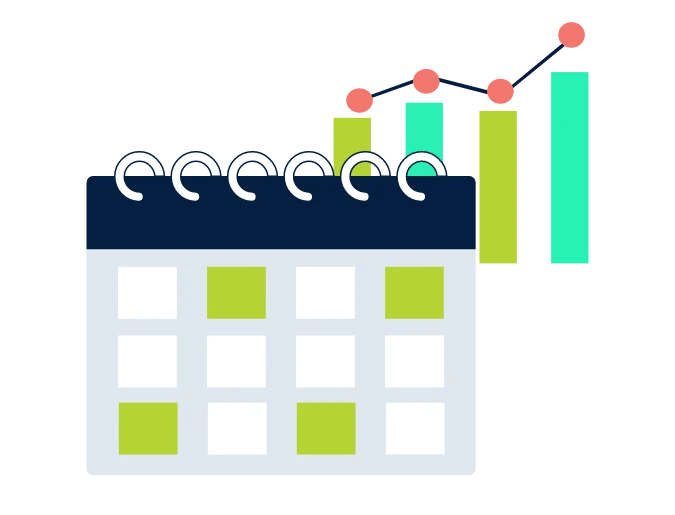
Preventive Maintenance Planning
Lean Principle: Proactive Approach
How CMMS Helps: CMMS enables organizations to schedule and track preventive maintenance tasks efficiently. By having a proactive maintenance schedule, organizations can minimize unplanned downtime, reduce reactive maintenance, and enhance overall equipment reliability.
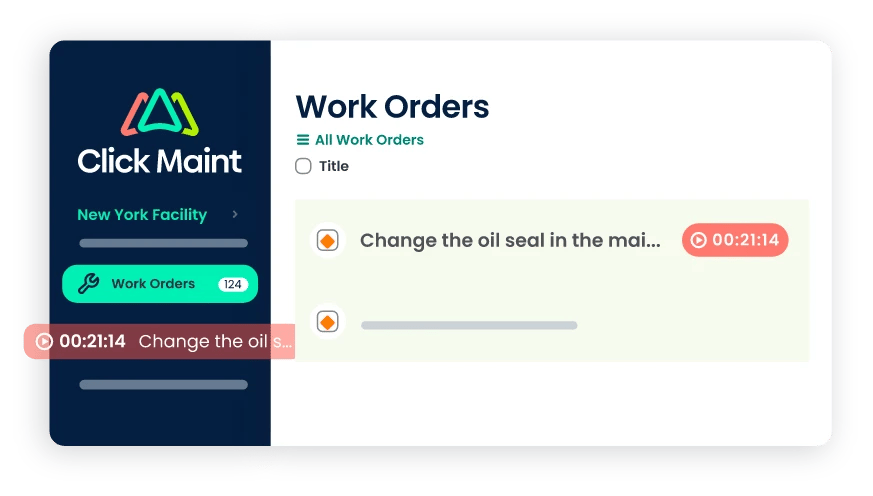
Real-time Monitoring and Alerts
Lean Principle: Visual Management
How CMMS Helps: CMMS systems often include real-time monitoring features that provide visibility into the status of maintenance activities. This visual management approach allows teams to identify and address issues promptly, aligning with Lean principles of quick response and continuous improvement.

Inventory Management
Lean Principle: Optimize Resources
How CMMS Helps: CMMS assists in optimizing spare parts inventory by providing visibility into stock levels, usage patterns, and reorder points. This ensures that organizations maintain an optimal inventory, minimizing excess stock and associated holding costs.
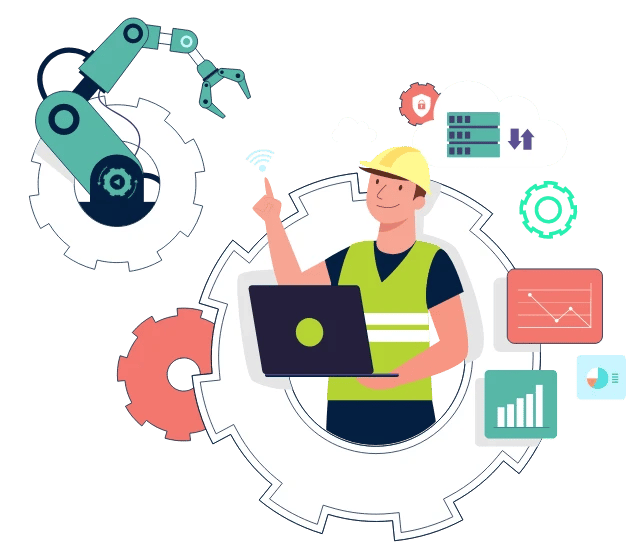
Streamlining Work Order Management
Lean Principle: Streamline Processes
How CMMS Helps: CMMS automates the work order process, from initiation to completion. This streamlines maintenance processes, reduces paperwork, and ensures that tasks are executed efficiently. Standardizing work order procedures contributes to consistency and predictability.
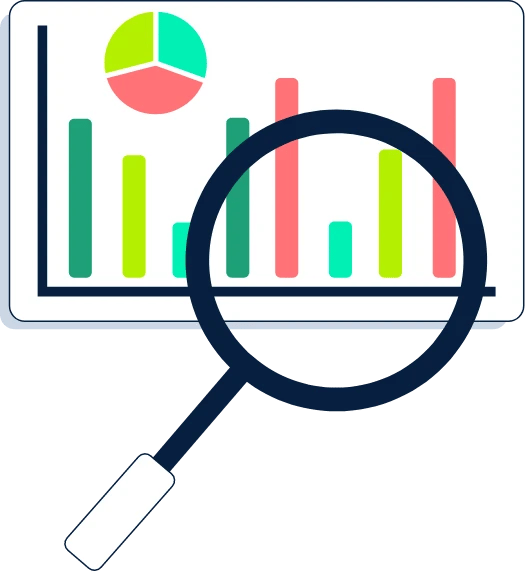
Root Cause Analysis and Historical Data
Lean Principle: Continuous Improvement
How CMMS Helps: CMMS maintains historical data on maintenance activities, enabling organizations to conduct thorough root-cause analyses. By analyzing past incidents and issues, organizations can identify and eliminate underlying problems, aligning with the continuous improvement aspect of Lean.
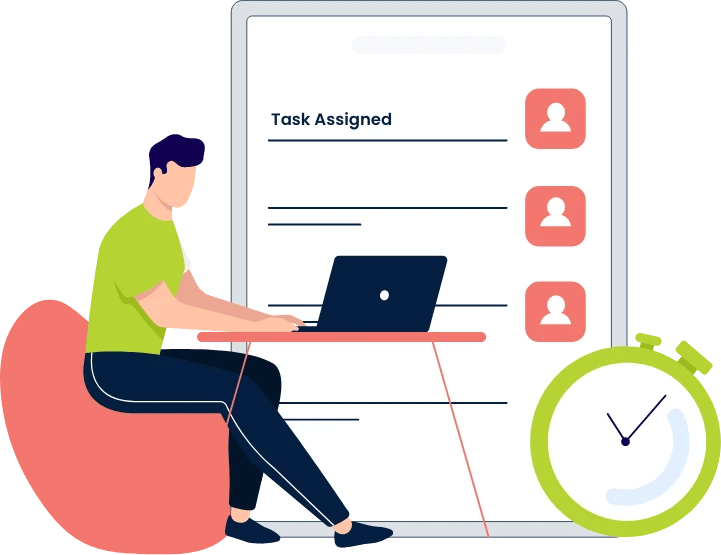
Resource Allocation and Planning
Lean Principle: Efficient Resource Utilization
How CMMS Helps: CMMS provides insights into resource allocation, labor requirements, and equipment availability. This information enables organizations to optimize resource utilization, ensuring that the right personnel and equipment are available for scheduled maintenance tasks.
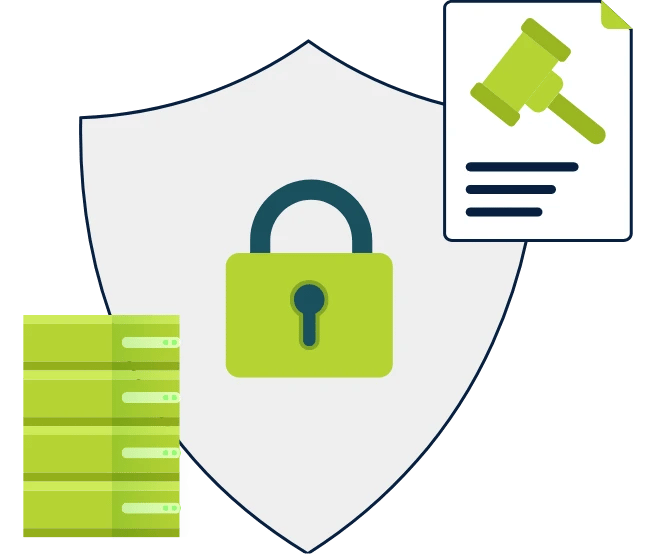
Documentation and Compliance
Lean Principle: Standardized Work
How CMMS Helps: CMMS facilitates the creation and enforcement of standardized work procedures. It ensures that maintenance tasks are performed consistently, adhering to predefined standards and compliance requirements.
A well-implemented CMMS aligns seamlessly with Lean Maintenance principles by providing the tools and capabilities necessary for efficient, proactive, and data-driven maintenance practices. Through centralization, automation, and real-time visibility, CMMS enhances the overall effectiveness of maintenance operations while promoting a culture of continuous improvement and waste reduction—a key tenet of Lean philosophy.
Eco-friendly Initiatives in Lean Maintenance
Sustainable practices in Lean Maintenance extend beyond operational efficiency and cost savings to include a commitment to environmental responsibility. Integrating eco-friendly initiatives within Lean Maintenance aligns with broader corporate sustainability goals and contributes to a positive environmental impact. Key initiatives include:
- Energy Efficiency: Implementing measures to optimize energy consumption during maintenance activities, such as using energy-efficient equipment and technologies.
- Waste Reduction: Minimizing waste generated during maintenance processes by reusing materials, recycling, and adopting practices that reduce the overall environmental footprint.
- Green Procurement: Selecting environmentally friendly products and materials when sourcing spare parts and equipment for maintenance activities.
- Carbon Footprint Reduction: Assessing and actively working to reduce the carbon footprint associated with maintenance operations, transportation, and other related activities.
Green and Sustainable Maintenance Practices
Green and sustainable maintenance practices within the context of Lean Maintenance involve adopting strategies that prioritize environmental conservation without compromising operational efficiency. Examples of such practices include:
- Environmentally Friendly Lubricants: Choosing lubricants that are biodegradable and environmentally friendly, reducing the impact on ecosystems and water sources.
- Renewable Energy Integration: Incorporating renewable energy sources to power equipment used in maintenance activities, reducing reliance on non-renewable resources.
- Nature-Inspired Design: Incorporating design principles inspired by nature, such as biomimicry, in equipment and maintenance processes to minimize environmental impact.
- Sustainable Materials: Utilizing materials with lower environmental impact for equipment and spare parts, considering factors like recyclability and environmental certifications.
These green and sustainable maintenance practices not only contribute to environmental stewardship but also enhance the overall corporate image by demonstrating a commitment to sustainable business practices.

